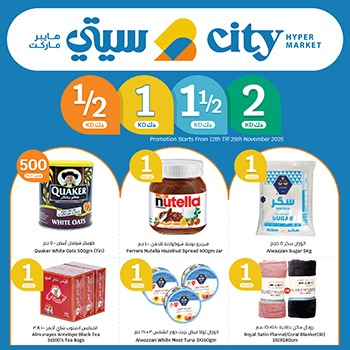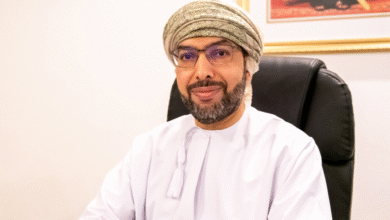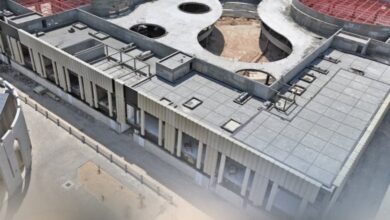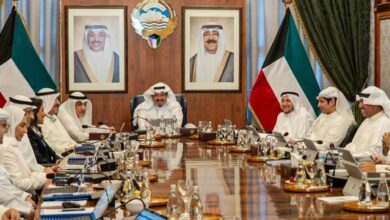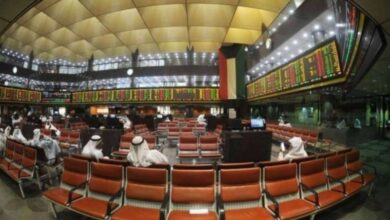Kuwait’s new cities to raise water demand by 30%, electricity by 50%
There will be an increase in carbon emissions of an additional 60 to 70 million metric tons, representing 50 percent of current emissions.
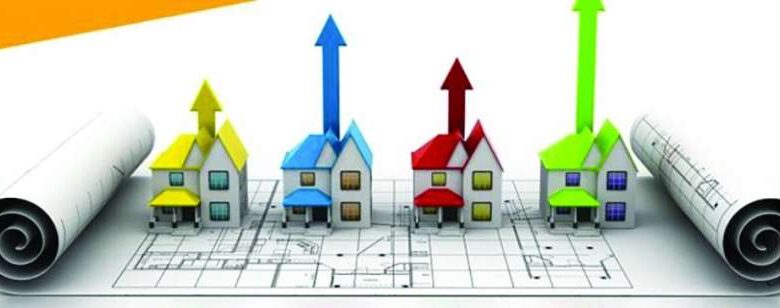
-
The total area in Sabah Al-Ahmad Residential City is 1.37 million square meters, with 58,437 square meters for investment buildings and 91,237 square meters for commercial use.
-
There are 377 investment plots of land totaling 656,334 square meters, with an average area per plot of land being 6,497 square meters.
Al-Rai newspaper’s reliable sources revealed that the government’s housing challenges encompass more than just financial deficits, encompassing infrastructure and environmental concerns. The Public Authority for Housing Welfare foresees escalating infrastructure demands and environmental pressures by 2025.
In this regard, informed sources revealed to Al-Rai that the corporation estimated the increase in water demand due to the new cities to be 60.45 billion gallons, representing 25 to 30 percent of the current capacity. Meanwhile, the current electrical capacity is expected to increase by five to nine gigawatts, representing an increase of 30 to 55 percent.
Additionally, there will be an increase in carbon emissions of an additional 60 to 70 million metric tons, representing 50 percent of current emissions.
The sources indicated that “Residential Welfare” presented a vision that includes a number of solutions to the current government housing challenges. These solutions encompass housing initiatives and executive programs aimed at achieving the desired goals. It recommended concerted efforts, especially in the educational sector, to meet the needs of the labor market. Additionally, it suggested the following:
- Improving the supply and distribution of housing products for eligible individuals.
- Creating vibrant cities and suburbs to attract citizens.
- Activating the role of the private sector in delivering and implementing cities and suburbs.
- Enhancing delivery and implementation methods in cities and suburbs.
- Developing the mortgage and real estate financing market in collaboration with the Kuwait Credit Bank. In this regard, the Credit Bank has submitted a real estate financing memorandum, and the General Authority for Investment has directed a review of previous mortgage development studies conducted by McKinsey.
- Launching internal transformation programs for the Corporation and Kuwait Credit Bank to implement the new housing vision.
- Formulating a comprehensive institutional framework for housing to collaborate with other relevant parties. In this context, the Ministry of Justice has submitted its comments on the law to ensure coherence in the parties’ plans.
- Reviewing the legal and regulatory framework and making necessary amendments to ensure the realization of the vision, including but not limited to:
Residential care regulations:
- Activating laws and monitoring building construction.
- Establishment of the Land Authority.
- Establishing local municipalities for cities.
- Activating the mechanisms of a single window to ensure a facilitated business environment.
- Unifying support to ensure the continuity of housing assistance.
The sources pointed out that the aim is to unify work mechanisms among all sectors of the state concerned with the housing file. This ensures that the outputs and principles contained in the fourth structural plan are the basic standard for developing lands allocated for residential care and the primary driver for the development of housing cities.
Regarding operational plans, the corporation recommended preparing detailed plans to keep pace with urban renaissance. These plans should include basic pillars such as:
- Labor requirements statistics.
- Logistical plans preparation to ensure project implementation with required speed and accuracy.
- Encouraging industrial business environment by constructing factories to meet construction needs and building materials, thereby encouraging entrepreneurship among youth and creating job opportunities.
- Preparing operational plans for transportation, shipping, and storage.
The sources indicated that the “Residential Welfare” called for a legislative amendment that includes ten laws: “real estate development,” “real estate regulation,” “real estate financing,” “suburban cooling,” “white lands,” “smart cities,” “those entitled to residential care,” “Municipalities,” “Electricity Cost,” and “Real Estate Agencies.”
The sources noted that the “Residential Welfare” recommended reviewing the residential laws and preparing a new draft law that includes:
First: Integrated solutions for eligible residential care groups.
Second: Drafting the real estate development law, considering it a new source for providing housing care to citizens in various forms and models. The draft law should encompass financing, development, mortgages, and real estate regulation in an integrated manner.
Third: Developing comprehensive laws for real estate agencies, municipalities, and white lands.
Fourth: Reviewing and enhancing the electricity tariff clauses to ensure the sustainability of state resources and the continuity of providing housing care to eligible individuals.
Fifth: Drafting legislation for smart cities and a specific law for cooling suburbs.
The sources revealed that there was a previous discussion opened during the previous government’s era regarding the possibility of offering two investment projects and two commercial projects in the residential city of Sabah Al-Ahmad through public bidding in two stages.
There was a preference for having them within one scope, with the area of the commercial project ranging between 100 to 150 thousand square meters. The aim was to maximize revenues from “residential care,” but this approach has not been finalized yet.
The study presented in this regard indicates that the total exploited areas in Sabah Al-Ahmad Residential City amount to 1.37 million square meters. The land for investment buildings covers 58,437 square meters, and the area of land prepared for commercial use is 91,237 square meters.
The expected size of the offering is likely to reach nine percent of the total area. Additionally, there are 377 investment plots of land totaling 656,334 square meters, with an average area per plot of land being 6,497 square meters.
The sources indicated that with the departure of the previous government, it is not yet clear whether “residential care” will adopt the old approach or not.
Institutional adjustments:
- Transformation programs for government agencies.
- Interconnectedness of agency plans.
- Activation of laws and building controls.
- Support direction.
- Land Authority.
- Regulations for residential care.
- Local municipalities for cities.
- Single window.
Operational plans include:
- Development plan.
- Organizational chart.
- Job creation opportunities.
- Logistical plans.
- Port processing and storage.
- Building materials.
- Preparing to supply workers in cities.
- Synchronization of services among ministries.
- Provision of universities and hospitals.
- Establishment of factories.
- Education aligned with market needs.






